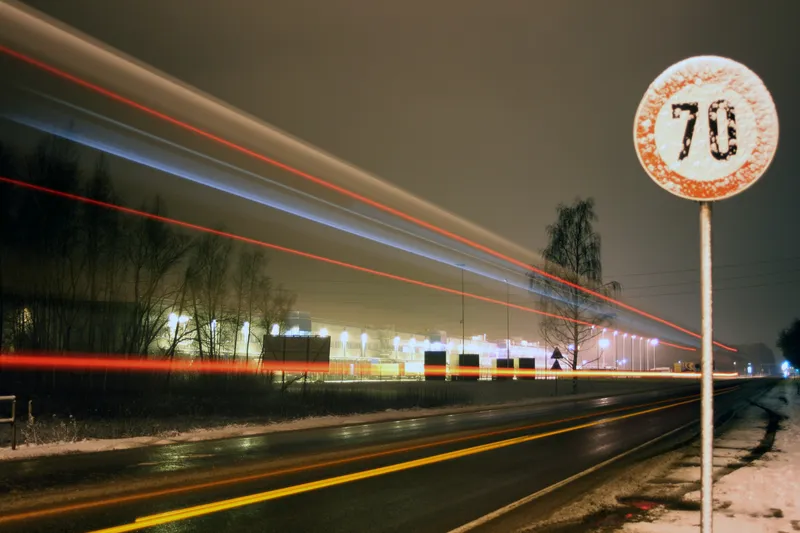TomTom’s speed cameras service is now available in Brazil. The company has worked with MapaRadar to enhance the service, which will be delivered directly to devices as a hosted service, or via a server-to-server bulk feed.
Drivers will benefit from up-to-date warnings of nearby fixed and red light cameras, as well as speed enforcement zones.
Car manufacturers can easily integrate the world-class service in their in-dash and mobile navigation systems. Backed by OpenLR, the open standard for "procedure
March 12, 2014
Read time: 2 mins
Drivers will benefit from up-to-date warnings of nearby fixed and red light cameras, as well as speed enforcement zones.
Car manufacturers can easily integrate the world-class service in their in-dash and mobile navigation systems. Backed by OpenLR, the open standard for "procedures and formats for the encoding, transmission, and decoding of local data irrespective of the map" developed and introduced by TomTom in 2009, TomTom is able to pinpoint over 17,000 speed cameras across Brazil.
The TomTom Speed Cameras service is based on governmental sources, news feeds, field surveys, and third-party sources in selected countries. It's also based on community input from more than 3.5 million TomTom drivers around the world. Camera reports, confirmations and removals are processed automatically by our sophisticated Fusion engine, which runs 24/7, every day of the year. The real-time processing of over one million reports per month ensures that the TomTom Speed Cameras content is always up-to-date.









